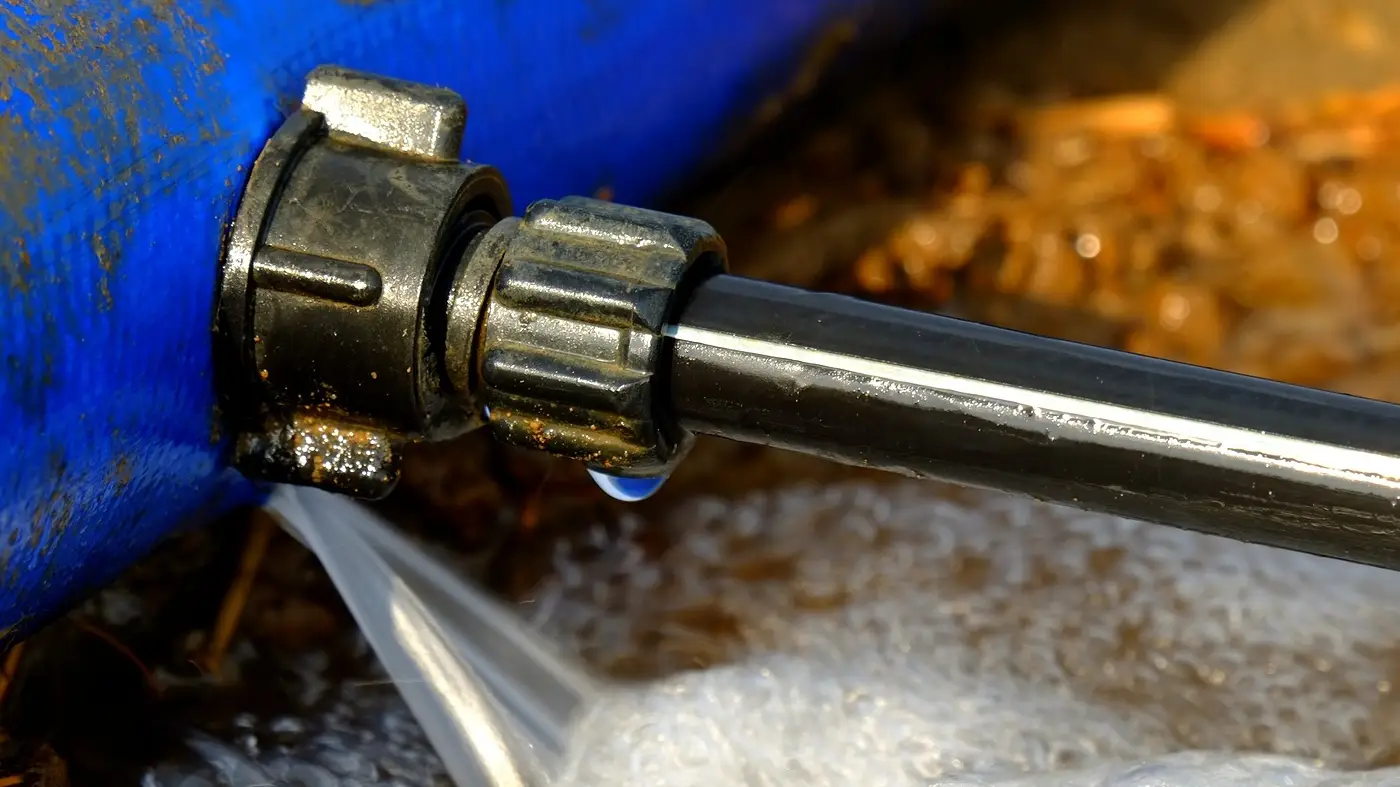Problems with drains are a homeowner’s worst nightmare. From seemingly innocent issues like smells coming from your drains to collapsed ones that are putting your home at risk of subsidence, you need to get all problems looked at without delay. Find out how much you should expect to pay for your drains to be inspected or repaired as well as the cost of installing new drains with our guides.
Cheap drain specialist cost
Drain specialists generally aren’t cheap – you’ve probably heard of national companies like Metro Rod or Dyno-Rod. Luckily, you’re more likely to get a cheaper quote from a local drain specialist than one of these companies.
Drain specialists charge anywhere between £23 to £151 per hour, depending on the job and where you are located in the country. The average daily rate for drain specialists is £249 per day, but you could pay as much as £460, so it’s always worth shopping around to get the best price.
Just remember that cheapest doesn’t always mean best. Unusually cheap drain specialists may not have the skills required to repair or inspect your drains and may actually do more harm than good. It could cost more to repair the damage they cause than it would have to employ a slightly more expensive drain specialist – so make sure you do your research on each tradesperson before you choose one.
Drain Inspection & Repair Cost Guides
Cost Guides for Other Common Drain Inspection & Repair Jobs
Drain Inspection & Repair FAQs
What happens during a drain survey?
Drain surveys are typically carried out with CCTV cameras. A drain specialist will feed these special waterproof cameras down your external drains and inspect all your pipework. They will be able to see whether there is any root ingress from nearby trees, blockages or complete pipe collapse. Once they have fully inspected the drains, they will compile a report and give this to the homeowner, possibly outlining potential solutions.
These surveys are usually used when you’ve noticed a smell or slow drainage from your pipework. Potential homeowners may also ask for a drain survey to be carried out to ensure the property they’re buying is in a good state of repair.
Can you reline a collapsed drain?
Yes, you can reline a collapsed drain. When a drain specialist relines a drain, they insert a plastic sleeve that covers cracks and holes and allows the drain to function normally again. It’s a cost-effective way of dealing with collapsed drains as you won’t need to have your old drains excavated to replace them, which costs a lot of money as well as causes a lot of disruption.
However, not all collapsed drains will be able to be relined. Some drains with severe damage may not be suitable for relining, but your drain specialist will be able to tell you if this is the case.
Will a French drain stop damp?
A French drain will stop damp – but it’s not always the best solution. French drains are used to prevent excess surface water and waterlogging around your property. They involve digging a trench at a gradient in the ground near your home, lining it with a geotextile filter membrane and then filling with aggregate (gravel) to direct water away from your walls. Today, they usually contain a perforated pipe too.
French drains stop damp by allowing water to trickle down into the trench rather than sitting on the surface and potentially seeping into the walls. But sometimes, an open drain might be a better solution if the ground levels around your property have risen and moisture needs to evaporate from the bottom of your walls. A drain or damp specialist will be able to give you more advice on what type of drain is best for you.







